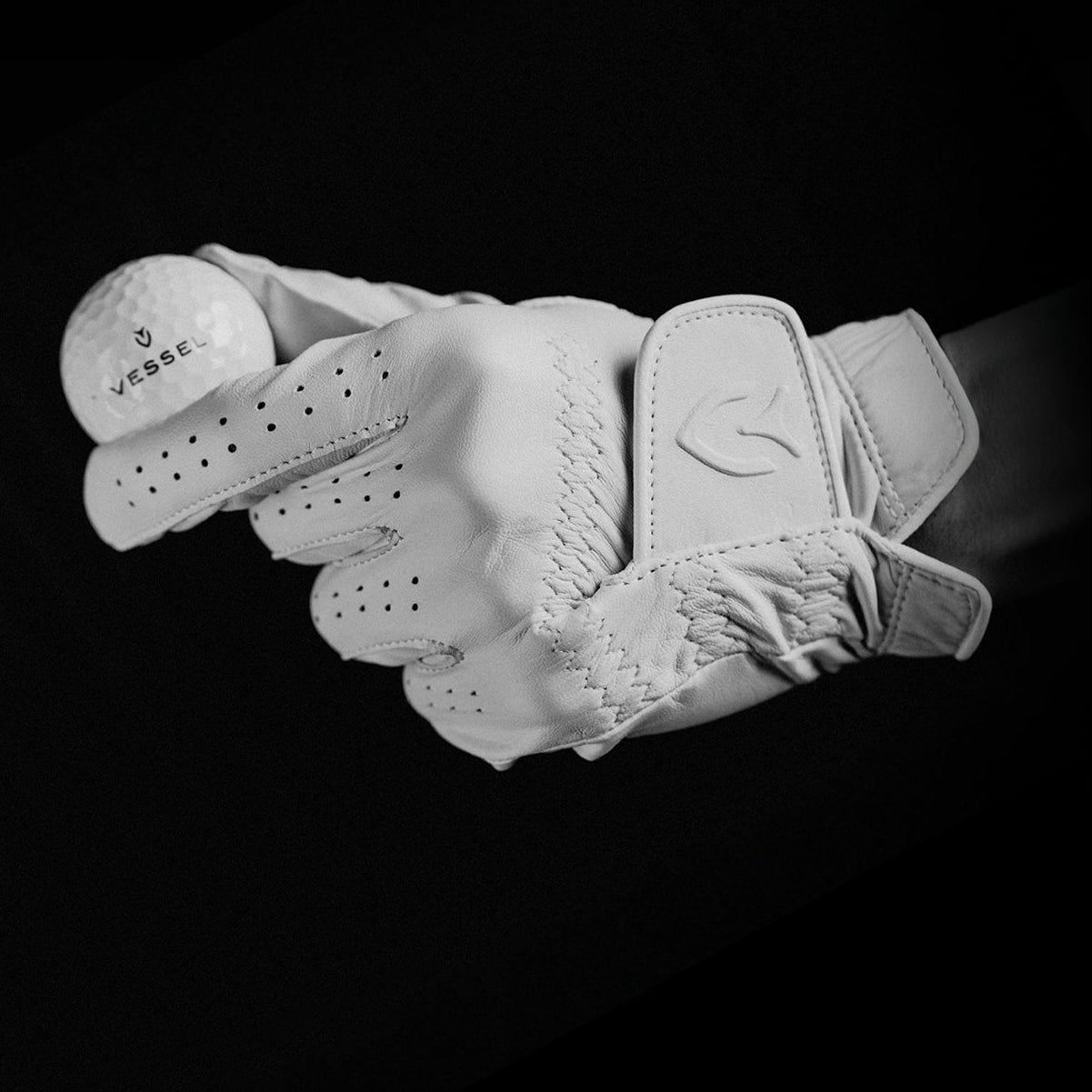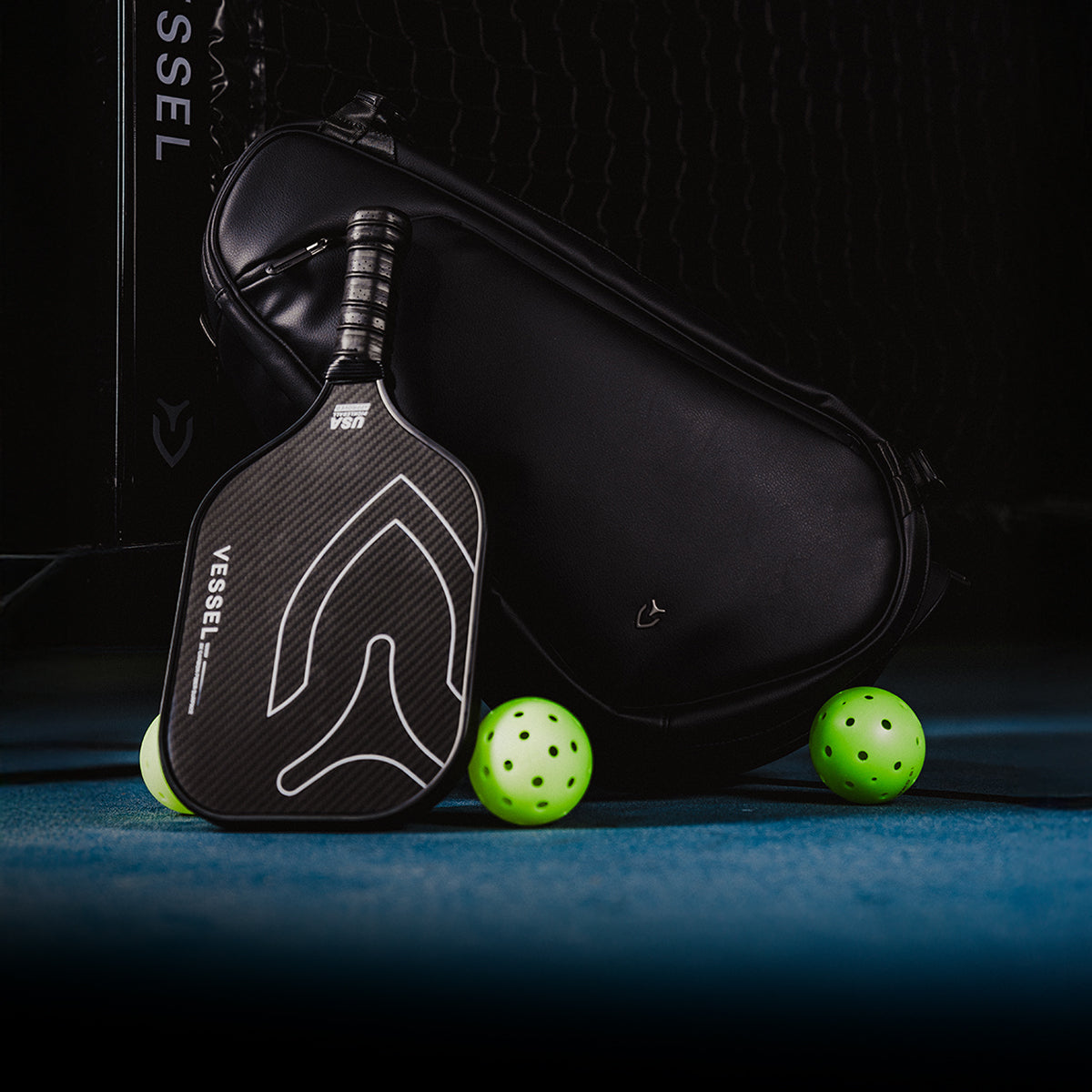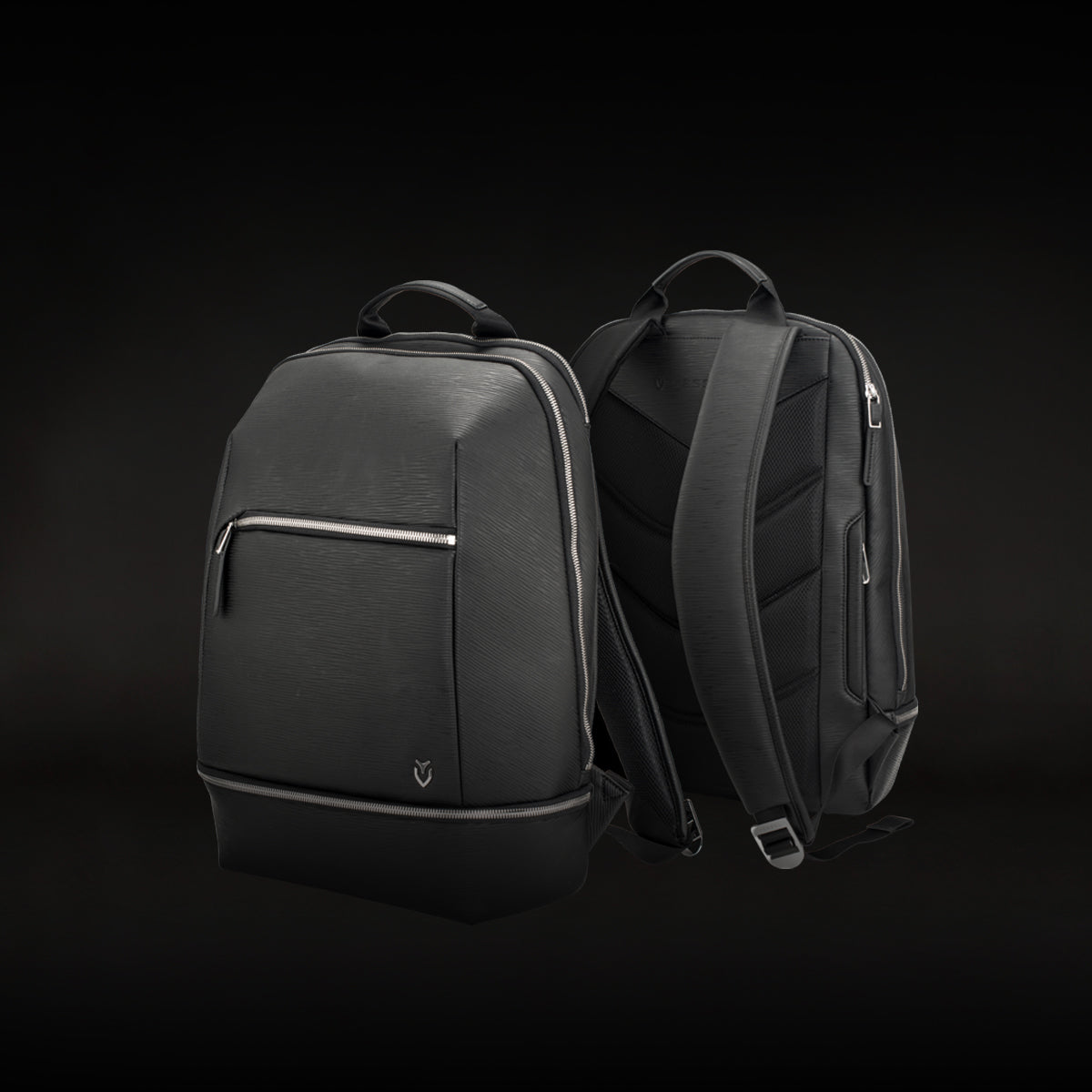

When you watch a golf ball soar through the air, those tiny dimples covering its surface are secretly performing an incredible feat of engineering. The reality is that dimples create turbulence in the thin layer of air hugging the ball, called the boundary layer. This turbulence actually helps the air stick to the ball longer, delaying when it separates from the surface.
Think of it like this: a smooth ball creates a huge wake behind it, like a boat pushing through water, which slows it down. But dimples shrink that wake by about half! The result? Your golf ball experiences way less drag and can fly nearly twice as far as it would if it were smooth.
Beyond reducing drag, the dimples also work in conjunction with the ball's backspin to generate lift, pushing air downward and creating an upward force that keeps the ball airborne for a longer period. That's why every golf ball you'll see has around 300-500 dimples. Engineers constantly experiment with dimple configurations, including different depths, shapes, and patterns, to optimize specific flight characteristics for various playing conditions.
How Dimples Generate Lift and Control Ball Spin
While those dimples are busy reducing drag, they're also pulling off another impressive trick, creating lift that keeps your ball airborne longer. When you strike the ball, it spins backward, and here's where things get interesting. The dimples create tiny pockets of turbulence that help air cling to the ball's surface, delaying flow separation. This turbulent boundary layer is key it allows the air to follow the ball's curve longer than it would on a smooth ball, reducing the pressure drag by up to 50%. This generates lift forces that can reach up to 80% of the drag force!
The spinning motion combines with the dimpled surface to create what's called the Magnus effect. Basically, the ball pushes air downward, and the air pushes back, lifting the ball up. This upward force works against gravity, allowing dimpled balls to achieve non-parabolic trajectories that curve upward initially before descending. You've probably noticed how pros shape their shots with draws and fades. That's dimples working with spin to control the ball's flight path.
Dimple Design Variations and Their Performance Effects
Not all dimples are created equal, and golf ball manufacturers have turned dimple design into a serious science. You'll find circular, hexagonal, pentagonal, and even teardrop-shaped dimples on different balls. The key point is that each shape changes how air flows around the ball. Hexagonal dimples, for instance, can actually help you hit longer distances by creating better airflow patterns.
The number of dimples matters too. Most balls have between 300 and 500 dimples, and manufacturers use computer simulations to find the perfect balance. The 336-dimple design is one of the most common configurations because it provides optimal surface coverage. Deeper dimples increase spin and lift, which keeps your ball in the air longer. The depth of dimples undergoes extensive testing to optimize the aerodynamic performance for different playing conditions. Some companies have even created asymmetric patterns that help correct hooks and slices pretty smart, right? These special designs can automatically straighten your shot during flight.
The Physics of Airflow and Pressure Dynamics

As your golf ball flies through the air, it's actually fighting an invisible battle against air molecules and those tiny dimples are its secret weapon. Here's what happens: when air flows over a smooth ball, it separates from the surface early, creating a large wake behind it. Think of it like a boat leaving a trail in water. This wake creates low pressure that literally pulls the ball backward, that's pressure drag!
But dimples change everything. They make the air turbulent right at the ball's surface, and turbulent air actually clings better than smooth air. This turbulence creates a thin boundary layer of air that stays attached to the ball's surface longer, delaying the point where the airflow separates. The result? Your dimpled ball cuts its wake size in half, reducing drag by about 50%. That means your drives fly nearly twice as far as they would with a smooth ball. In fact, golf ball dimples reduce pressure drag by 30% compared to a completely smooth sphere, which is why every modern golf ball features these aerodynamic indentations.
Frequently Asked Questions
How Many Dimples Does a Typical Golf Ball Have?
You'll typically find about 336 dimples on a standard golf ball, though the number ranges from 250 to 500 depending on the brand. The fact is - popular balls like Titleist's Pro V1 have 352 dimples, while the Pro V1x has 328. Manufacturers tweak these counts to control how far and straight your ball flies. Some experimental balls have reached 1,070 dimples, but more isn't always better for your game!
Are Dimpled Golf Balls More Expensive to Manufacture Than Smooth Ones?
Yes, you'll pay slightly more for dimpled golf balls to manufacture than smooth ones. The reality is: creating those 300-500 dimples requires specialized molds that cost more to make and maintain. You're looking at about $0.10-0.20 extra per ball in manufacturing costs. The dimpling process needs precise temperature control, longer cooling times, and extra quality checks. But honestly, the performance enhancement makes that small price difference totally worth it!
Can I Legally Use a Smooth Golf Ball in Tournaments?
No, you can't legally use a smooth golf ball in tournaments. The point is the USGA and R&A strictly prohibit smooth balls because they don't meet aerodynamic standards. Without dimples, your ball won't achieve proper lift and distance, which violates tournament regulations. If you're caught using one, you'll face disqualification or score penalties. Smooth balls might work for backyard fun, but stick to approved, dimpled balls for any official competition!
Do Professional Golfers Choose Different Dimple Patterns for Different Courses?
You'd think pros switch dimple patterns for each course, but here's the reality they usually don't! While they'll test different balls during practice rounds, their final choice depends way more on swing speed and feel around the greens. Sure, they might pick deeper dimples (creating higher flight) for soft fairways or shallower ones for windy links courses, but most stick with one ball model they've thoroughly tested rather than constantly switching patterns.
Conclusion
So there you have it those tiny dimples on your golf ball aren't just for looks! They're actually creating turbulence that helps your ball fly nearly twice as far as a smooth one would. Next time you're at the driving range, take a closer look at those 300-400 little dents. They're working hard to keep your ball airborne, fighting gravity with every spin. Pretty cool what a bumpy surface can do, right?







